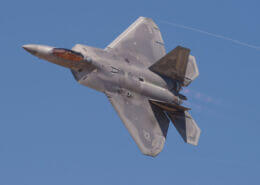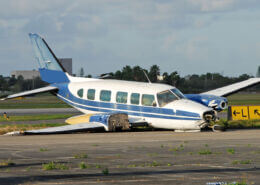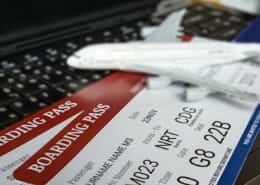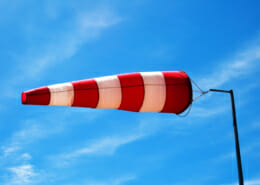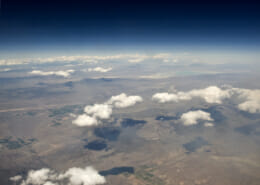What are the differences between Airbus and Boeing?
The main difference between Airbus and Boeing have historically been their design philosophy. This really comes down to differences in how the aircraft are operated by the pilots, something which goes unnoticed by the passengers.
There are now many different models of Airbus and Boeing aircraft ranging from old to new, and very big like the B747 Jumbo Jet or A380, or much smaller like the A319 or B737. The best way to describe the fundamental differences of Boeing and Airbus is to compare it’s two short haul aircraft, the A320 and B737.
Airbus A320 vs Boeing B737 Differences
The A320 and B737 are the most widely used short haul aircraft by airlines around the world by some margin. As a passenger you might notice a few subtle differences between these two aircraft, both inside and out.
Airbus vs Boeing – Interior
Cabin Width
The A320 is a bit wider than the B737 (by about 7 inches) so you will notice the cabin isle is a bit wider. Whilst the seat specifications are decided by individual airlines, the A320 passenger seats are generally a fraction wider.
Leg Room
Leg room, or the space between the seats, is decided by the airline not the manufacture. So, if you find yourself on a 4-hour flight getting sore knees from the seat in front, blame the airline not Mr Boeing or Airbus!
Fuselage Curve
Because the fuselage of the B737 is a bit narrower than the A320, it has a more aggressive curve to the front of the fuselage. Therefore, if you are sat towards the front of the aircraft, you might notice you have a bit less head and shoulder room if you are sat in a window seat up against the fuselage.
Windows
The passenger windows on the B737 are slightly larger than the A320. However, they are also slightly lower which might mean you are finding yourself leaning down to look anywhere but down!
Inflight Entertainment (IFE)
This is the same principle as leg room, it’s decided on by the airline and not the manufacture. Buying a plane is a bit like buying a new car in that you can choose from optional extras to be added. One of these optional extras is whether to include Inflight Entertainment or not.
Noises
When flying on the A320 and the aircraft initially pushes back to start the engines, the pilots pressurise the hydraulics through the ‘Power Transfer Unit’ or PTU. This makes a type of ‘squelching’ noise under the floor around the middle of the cabin, where the undercarriage is located.
On the A320, just after take-off, you will usually hear a single chime. This chime indicates to the Cabin Crew that the landing gear has been retracted.
Airbus vs Boeing Exterior
The best ways to spot the difference between an A320 and a B737 is by looking at the nose, engines and wing tips.
Nose
The A320 has a much more rounded nose which isn’t very long. The nose on the B737 is somewhat longer making it look a bit sleeker.
Engines
The A320 engines look larger and are symmetrically rounded when viewed from the front. The B737 engines appear a bit smaller and have a ‘flatter’ spot on the bottom of the engines when looking at them head on. This is because the B737 sits lower to the ground than the taller A320, meaning it’s engines are also closer to the ground. This flat area on the bottom of the engine helps to protect against a ‘pod strike’ where the engines could make contact with the ground on take-off or landing due to inadvertent roll.
Wingtips
Both Airbus and Boeing use wingtip devices which reduce drag and increase fuel efficiency. The B737NG and older Airbus’s are easy to tell apart as one uses wing fences and the other uses winglets. However, both also use Winglets (Boeing) and Sharklets (Airbus) which look very similar and are difficult to tell apart.
The Differences Between the Airbus and Boeing Flight Decks
From looking into the flight deck, you can see there are a couple of obvious differences. The Airbus 320 flight deck is larger, both in width and length and feels much more spacious.
In front of the pilot seats, the Boeing has a large control yolk which the pilots use to steer the aircraft whilst the Airbus has a sidestick located to the outer side of each pilot. Instead of a large control yolk, Airbus simply has a retractable tray table which the pilots are able to use for their paperwork.
On the Boeing when the auto thrust is engaged, the thrust levers move as aircraft trust requirements change. However, on the airbus, the thrust levers don’t move with auto thrust engaged.
A320 Flight Deck
B737 Flight Deck
Airbus vs Boeing – Under the Bonnet
The biggest difference between Airbus and Boeing goes on behind the scenes and is related to the automation philosophy of the aircraft. We have published a more in-depth article on this here but on this page, we will provide a basic summary.
In essence, the Airbus places the autopilot and hard limitations at the centre of its design. The Airbus provides full flight envelope protection in that it will not allow the pilots to exceed certain parameters. These are called ‘hard limits’. Examples include stopping the pilots from stalling the aircraft or exceeding certain pitch or roll parameters.
Boeing place the pilots at the centre of its design philosophy and ensure that the pilot have full control authority at all times. This means that at any point, they can simply disconnect the autopilot and fly any manoeuvre required at any given time.
Both philosophies have benefits and drawbacks. Human error is almost always present in aviation accidents so some people argue that the Airbus hard limits help prevent inadvertent human error. However, this requires complex systems which can go wrong and aren’t always understood properly. This can (and has) also led to aviation accidents.
Fly-By-Wire vs Conventional Controls
Whilst more modern Boeing aircraft such as the B787 ‘Dreamliner’ use fly-by-wire technology, the big difference between the A320 and B737 is that the A320 uses fly-by-wire whilst the B737 uses conventional mechanical controls. The traditional mechanical controls of the B737 mean that there is a direct connection through cables and pulleys (hydraulically assisted) from the control column to the aircraft’s flight controls. This means that the pilots are directly manipulating the aircrafts flight controls to manoeuvre the aircraft.
The fly-by-wire system used on the A320 means that when the pilot makes an input into the Sidestick, the input is turned into an electrical signal. This electrical signal passes through a flight control computer which then provides an appropriate output to the flight controls, i.e. the pilots are not directly controlling the aircraft rather a computer is constantly working out what the pilots are trying to do, judges if it is safe and then provides an appropriate control output.
The advantages of Fly-by-wire is that it is much lighter as not large, heavy metal cables are required and therefore provides greater fuel efficiency. It also means that the computers can stop the pilots doing anything which it believes is inappropriate for the stage of flight. However, the fly-by-wire system is complex and can go wrong or misinterpret the situation although there are redundancies and mitigations in place should this occur.
Which is Safer – Airbus or Boeing?
Both the A320 and B737 are extremely safe aircraft. The Boeing 737 has an accident rate of approximately 1 in 16 million flight hours whilst the A320 is very slightly lower at 1 in 14 million flight hours. To put it in perspective, you are far more likely to be involved in a car crash than a plane crash. PBS report that your chances of being killed in a plane crash are 1 in 11 million compared to a 1 in 5,000 chance of being killed in a car crash.
Which is better from a pilot’s perspective – Airbus or Boeing?
From a pilot’s perspective, there have been debates for decades over which is the ‘better’ aircraft. The reality is that both Airbus and Boeing have their advantages and disadvantages and deciding on which one is better is very much down to personal opinion. Some pilots prefer the spaciousness and tray table of the Airbus whilst others prefer the design philosophy of the Boeing knowing that they can disconnect the aircraft and fly it manually without restriction at any point should they need to.
Which is better from a passenger’s perspective – Airbus or Boeing?
From a passenger experience point of view, there isn’t a huge difference between the two aircraft. On the A320, the seats might be a bit wider but ultimately the leg room and inflight experience delivered by the cabin crew is much more likely to influence your opinion on which is better, not who made the aircraft.
Different Models
The A320 and B737 are actually families of aircraft and there are certain types of both aircraft. The differences in the models generally represent size and range. The larger the designator (i.e. an A321) the bigger the aircraft is both in terms of size and weight, the more passengers it can carry, the more powerful its engines and the further it can fly. Other performance factors such as maximum speed and altitude are generally about the same.
The A320 family consists of:
- A318
- A319
- A320
- A321
Airbus have recently updated the design of their A320 family aircraft and the new models of the A320 families include:
- A319neo
- A320neo
- A321eno
There are also Long Range and Extra Long-Range versions of the A321 named:
- A321LR
- A321XLR
The Boeing family of aircraft consist of the Boeing 737 Original, B737 Classic, the updated B737 Next Generation (NG) and the brand new B737 MAX.
B737 Original
- B737-100
- B737-200
B737 Classic
- B737-300
- B737-400
- B737-500
B737NG
- B737-600
- B737-700
- B737-800
- B737-900
B737 MAX
- B737 MAX-7
- B737 MAX-8
- B737 MAX-9
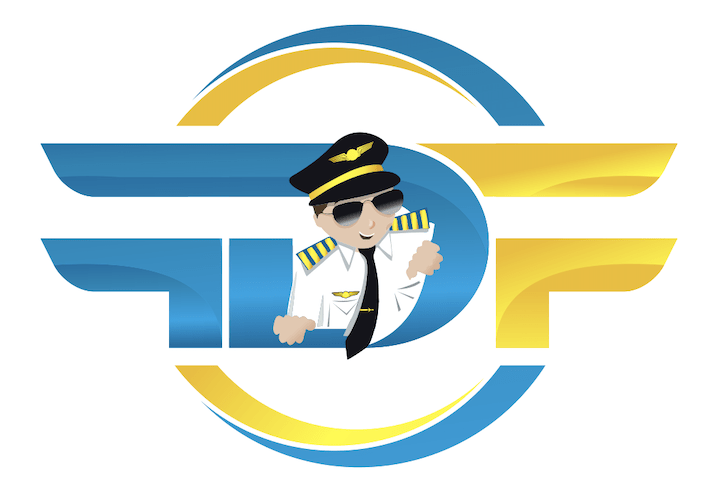

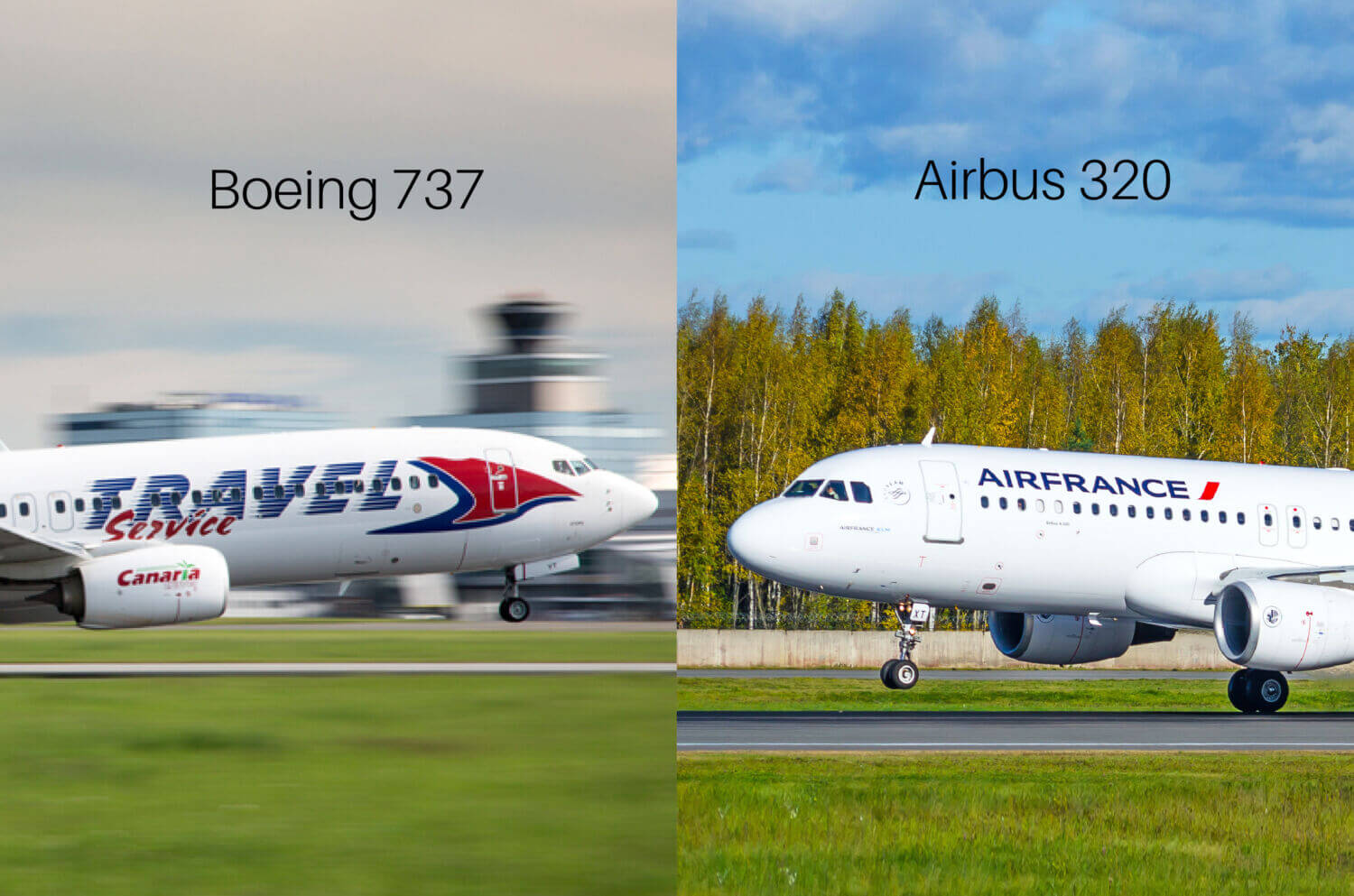
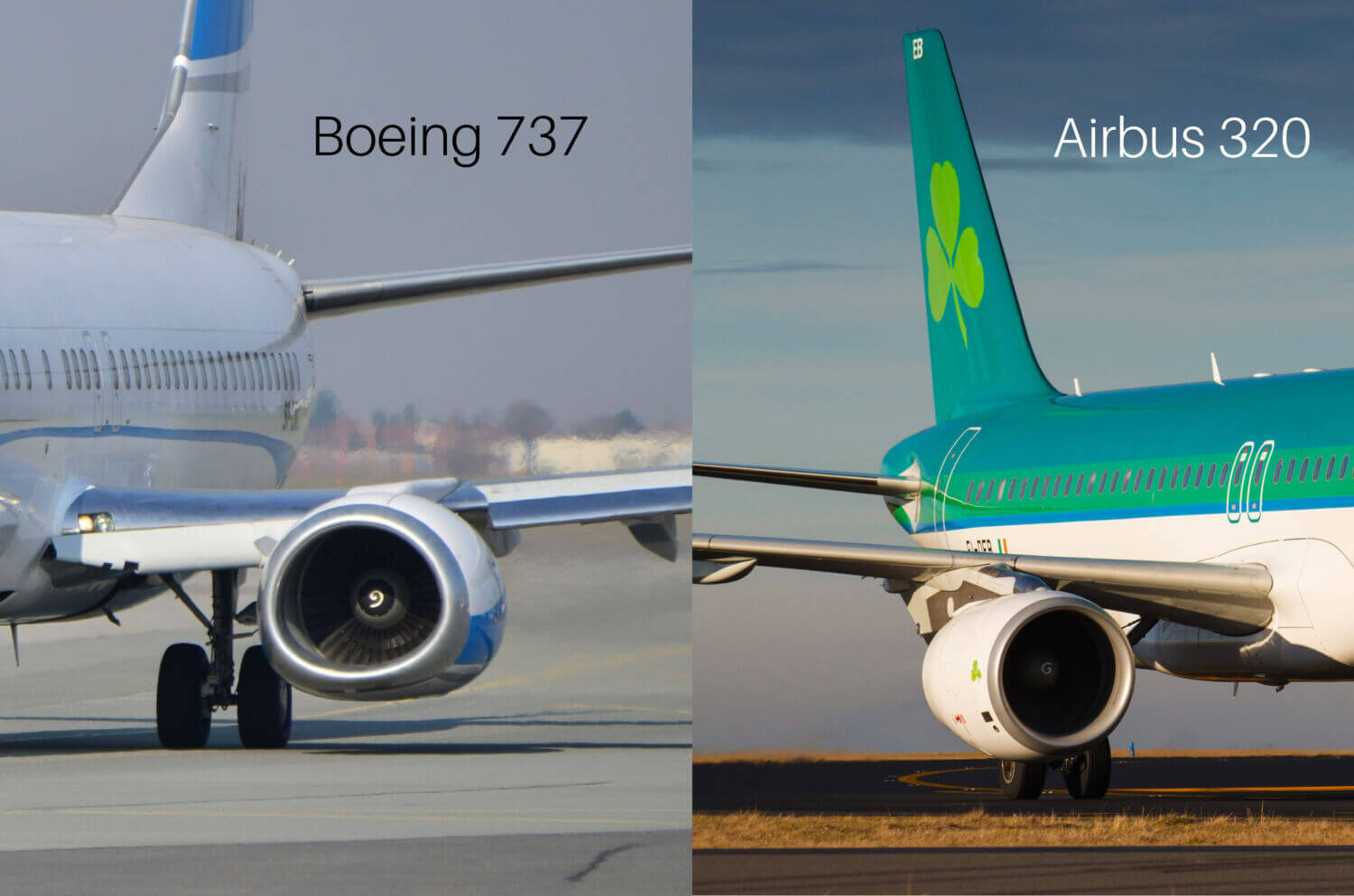
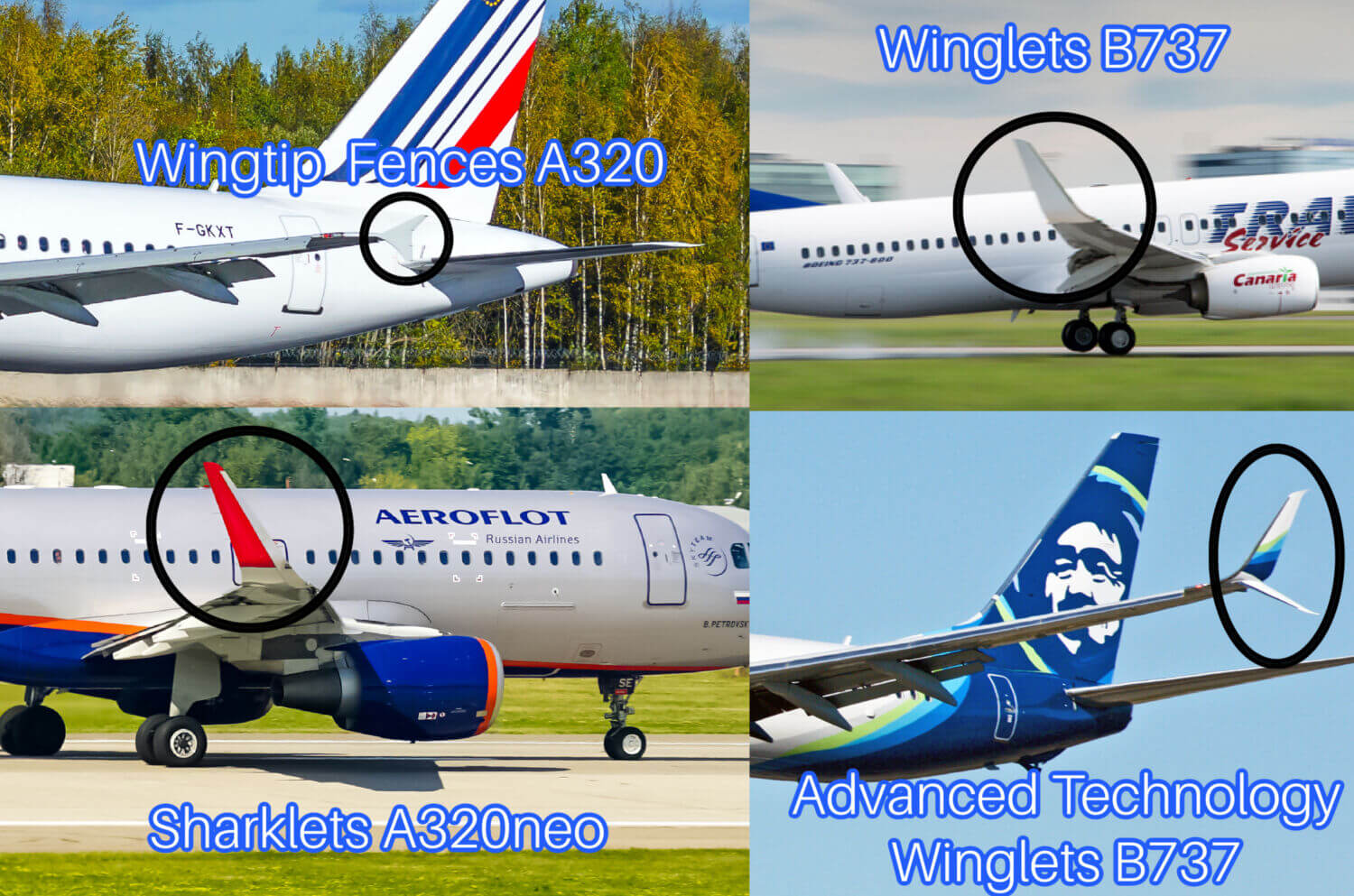
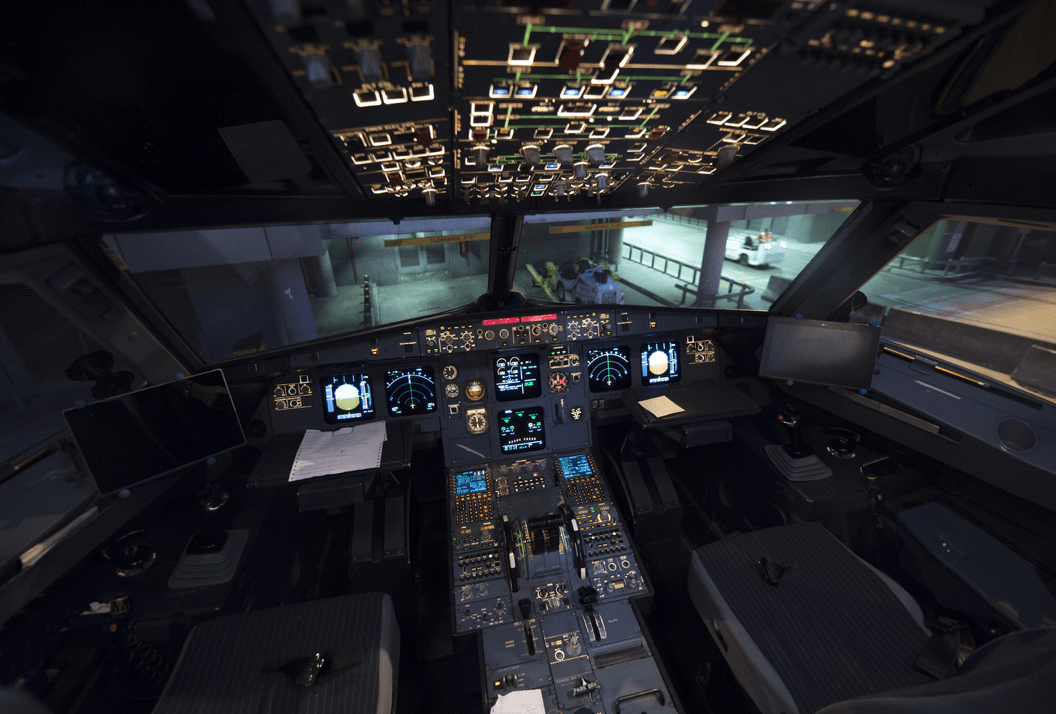
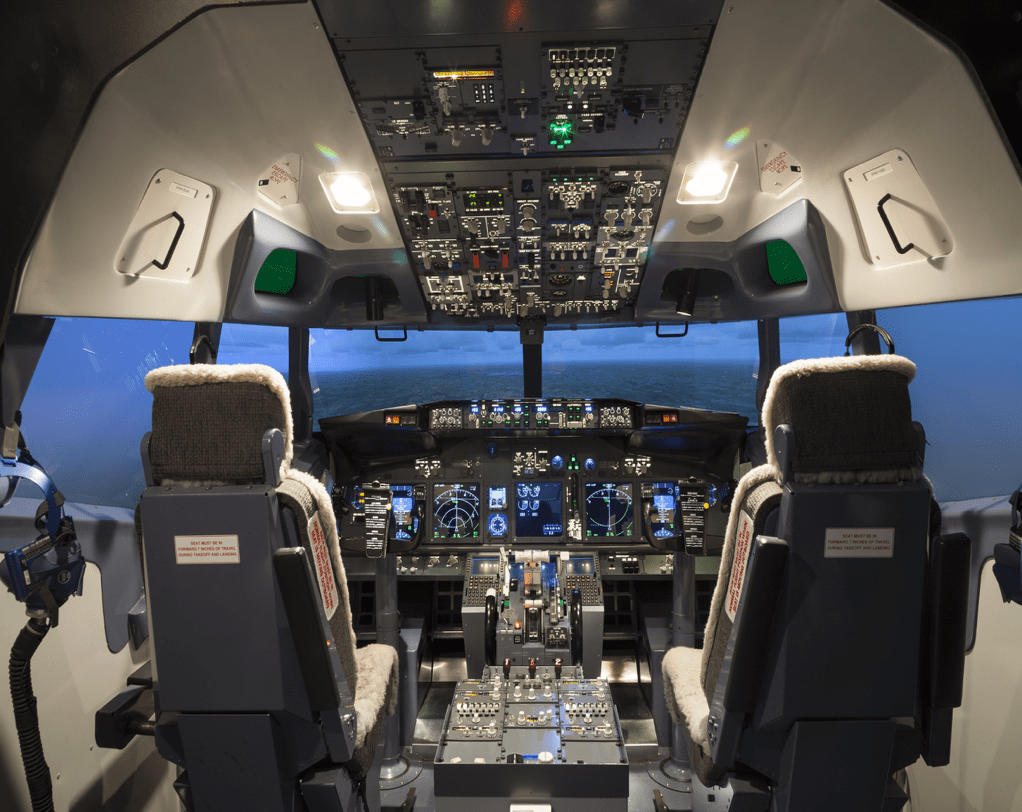
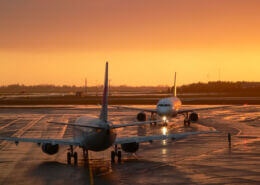
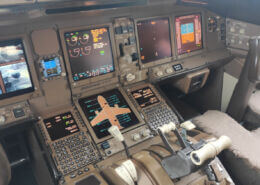 ShutterStock
ShutterStock